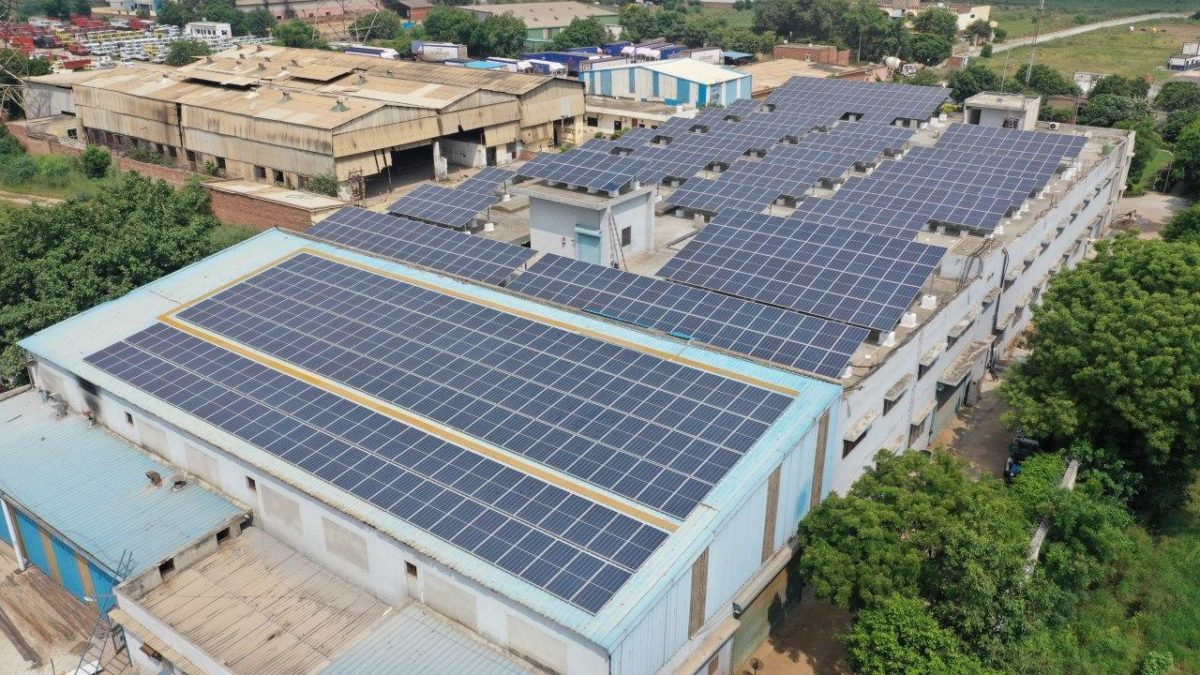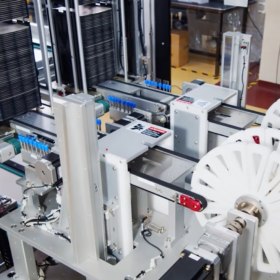India’s new onsite rooftop solar installations across the commercial and industrial (C&I) segment are expected to range from 0.8-1.2 GW in 2020, a 4-36% change from 2019 installations—according to a new report by JMK Research & Analytics and the Institute for Energy Economics and Financial Analysis (Ieefa).
The report said that the main reasons behind this surge in C&I installation are Covid-hit businesses looking to adopt rooftop solar as a way to cut their costs and a change in preferred business model from Capex to Opex.
Capex is a self-financing model, while Opex is a third-party financing model. Opex accounted for nearly a third of all cumulative rooftop solar installations in India at the end of last year.
“New markets will open up for cash-rich companies in fast-moving consumer goods, while multinationals that previously preferred the Capex model are now likely to explore the Opex model because of liquidity issues and other business uncertainties,” according to the report.
Increasing electricity demand and rising grid tariffs for commercial and industrial customers will further drive business users to rooftop solar, which is cleaner and cheaper and gives them tariff certainty for 25 years.
The report—titled ‘Powering up Sunshine – Untapped Opportunities in India’s Rooftop Solar Market’—discusses new market trends, various policy and regulatory developments across states, new technological advances, and the market challenges and drivers influencing the C&I rooftop solar sector.
Potential
“C&I rooftop solar has vast potential, and already accounts for 70-80% of India’s overall rooftop solar installations,” said author Jyoti Gulia.
“C&I users consume approximately 49% of the electricity generated in India, but only 3.5% of the power procured by India’s C&I segment is from renewable sources,” she added.
Co-author Vibhuti Garg said this situation is quite different from other economies where the residential segment leads rooftop solar.
“The reason is that, in India, residential and agricultural users are subsidized while C&I consumers are levied an additional significant cross-subsidy surcharge leading to higher than average mains electricity tariffs,” said Garg. “As a result, rooftop solar is an economically viable solution for C&I consumers.”
Currently, in a Capex model, payback can be realized by a shorter duration of 3-4 years, while for an Opex project the tariff rate is about Rs3.5-4/ kWh (USD 0.047 –0.053), which is less than half the average of C&I grid tariffs prevalent across most states.
Trends
In the C&I segment itself, medium, small, and micro enterprises (MSMEs) are likely to adopt solar in coming years aggressively, the report stated.
“MSMEs are the backbone of the Indian economy, contributing 6.1% of gross domestic product (GDP) and about 45% of total manufacturing output,” said Gulia. “Electricity costs are up to 50% of their total expenses, so cutting such costs via solar power sustainably improves their competitiveness in a big way.”
The government has planned some large-scale investments intended to drive this market. One of them is the Ministry of New and Renewable Energy’s Rooftop Phase II program that targets adding 18 GW of rooftop solar via incentives to power distribution companies (discoms).
Under the recently issued Draft Electricity Amendment Act 2020, several progressive measures are also planned for the renewable energy sector. These include introducing a pan-India renewable purchase obligation (RPO) with a stringent penalty mechanism. RPOs compel discoms and other large electricity consumers to buy a certain percentage of the power they need from renewable energy sources. Such a measure would significantly boost the uptake of rooftop solar in the C & I segment, as per the report.
Gulia said the next revolution in rooftop solar would be in storage.
“It is likely that in the next 2-4 years, 20% of all C&I installations will be connected to the grid, coupled with battery storage,” she shared.
“Technological innovations such as more cost-reflective time-of-day tariffs, smart meters, high-efficiency modules and battery storage will drive the growth of this market.”
This content is protected by copyright and may not be reused. If you want to cooperate with us and would like to reuse some of our content, please contact: editors@pv-magazine.com.









Installation team ki jarurat hai to connect mee Nimesh patel surat gujarat
Surat Gujarat
Nimesh patel
8469670623